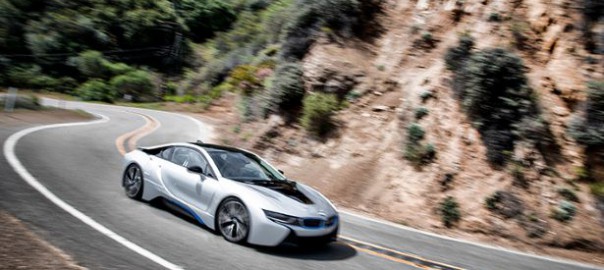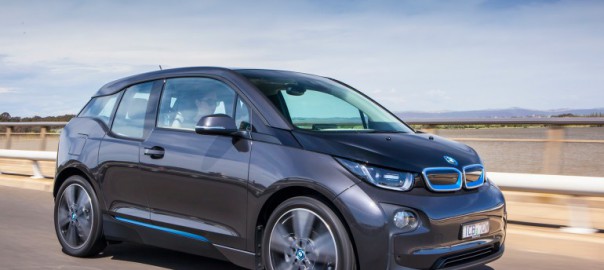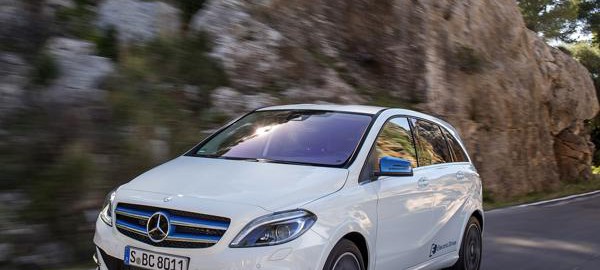It’s here at last: Top Gear magazine’s massive, shiny Awards issue, in which we crown the very best cars of 2014.
And there have been some crackers from which to choose. From the ludicrous LaFerrari and revolutionary BMW i8 changing the face of hybrid, through Merc’s AMG GT S and Lamborghini Huracan pushing fast in a whole new direction, to the new Renault Twingo and Citroen Cactus proving budget doesn’t have to be boring, 2014 will go down as one of the epics in automotive history.
And our car of 2014 is… The BMW i8!
“The i8 is a milestone in the annals of automotive history and a glorious statement for an exciting and positive future. The i8 delivers – and then some.
It’s the kind of car we should celebrate, a beautiful vision of the future, delivered now. A car that tells us the future will be different, but still exciting. The i8 never places its technology in the way of simple enjoyment, and, despite the complexity of that mixed-media drivetrain, it’s all so easy to use, so natural, so right. And it has flip-up doors. Nothing says excitement like a set of beetle-wing portals.
We could have named the i8 Green Car of the Year, but it’s so much more than that. It’s Top Gear magazine’s Car of the Year. It’s the BMW i8.”
Other plug-ins that received awards:
James May’s Car of the Year: Ferrari LaFerrari
“I’ve driven the LaFerrari very hard around Fiorano, twice, and even I can handle it. That alone makes it my Car of the Year. It’s also an artwork. It’s a massive indulgement, so it really has a duty to be beautiful, as a courtesy to other people who are forced to watch it go by.”
Richard Hammond’s Car of the Year: Porsche 918
“The 918 is a direct product of racing experience and outstanding technological development and application. It melds electric and petrol power perfectly to move the supercar into entirely new possibilities. It feels, and is, unlike anything else before or now. It is my Car of the Year, no doubt.”





